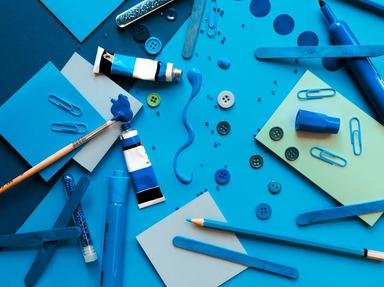Quiz Answer Key and Fun Facts
1. Which was the nationality of Nicholas Kove, the founder of Airfix?
2. What was the first model in kit form ever produced by Airfix for sale?
3. Which of the following materials are Airfix models traditionally made from?
4. Did Airfix once make trains for model railways?
5. This image of a Spitfire is one that is on display at the RAF museum in Cosford. What makes this model unusual from the normal model kits made by Airfix?
6. Along with the usual models of aircraft, ships and vehicles, Airfix also produced other kits for hobbyists. What type of steam engine depicted in the photo?
7. One of the earliest types of model kits first produced by Airfix is that of which Hawker aircraft which is depicted in the photo?
8. Among the range of models produced by Airfix were a number of vehicles.
Which well known Ford motorcar - produced for the European market - appears in this image?
9. Did Airfix attempt to make model slot car racing systems?
10. This Airfix model of a passenger ship is of which famous ocean liner?
Source: Author
mcsurfie
This quiz was reviewed by FunTrivia editor
WesleyCrusher before going online.
Any errors found in FunTrivia content are routinely corrected through our feedback system.


